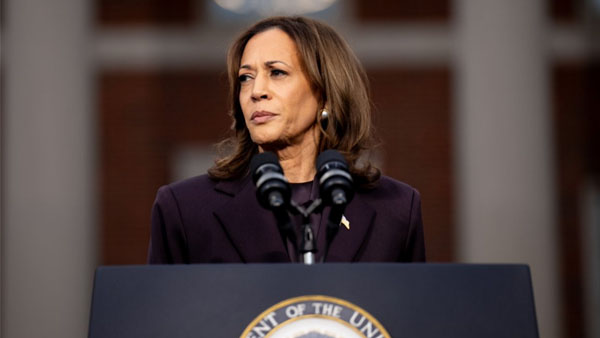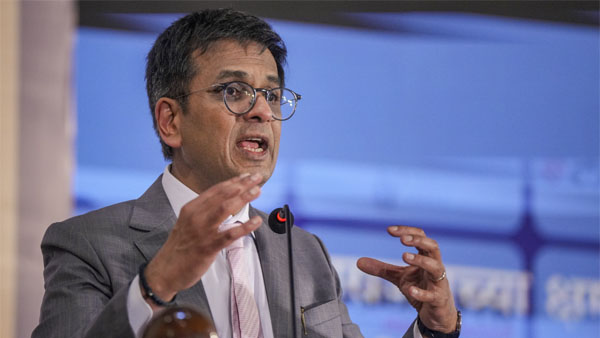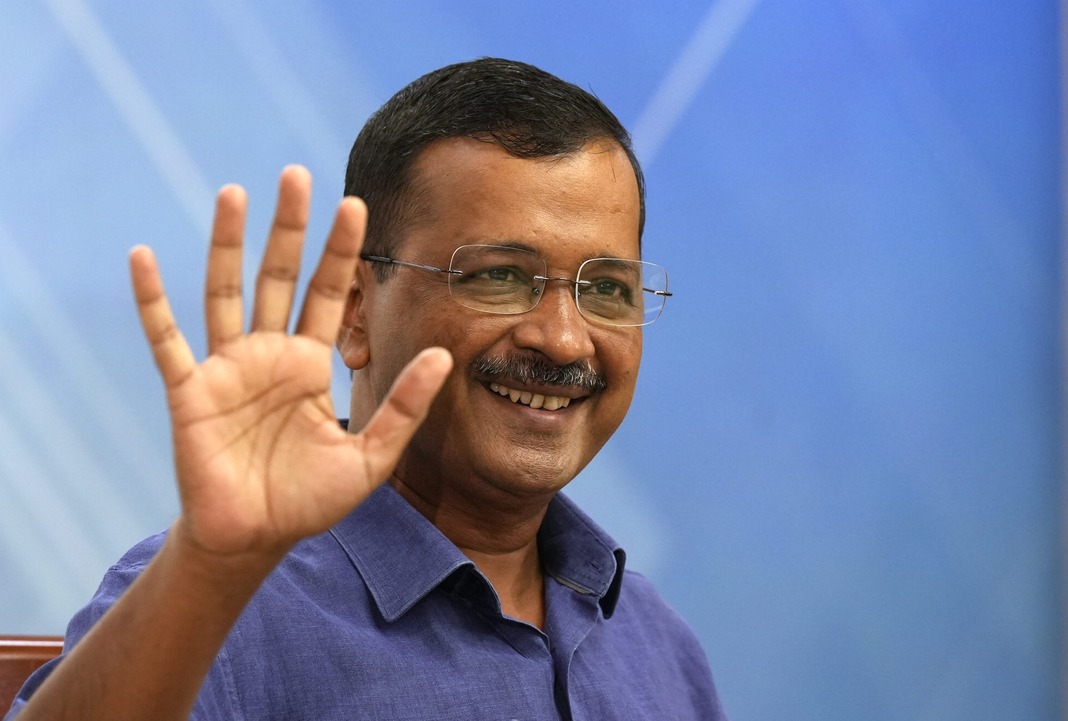Joya Saikia
The recent defeat of Kamala Harris in her campaign has spurred discussions extending beyond policy disputes, shedding light on structural and external forces that may have swayed public perception. Her loss to a candidate with significant working-class support underscores a mix of strategic missteps and the subtle but impactful influence of entrenched institutional powers, often termed the “deep state.” This analysis examines the challenges Harris faced, the influence of these institutional forces on her campaign, and what future Democratic strategies can take away from this experience.
Strategic Missteps and Voter Disconnect
Harris’s platform focused on reducing income inequality, improving healthcare, and protecting workers’ rights—key issues for the working class. However, several strategic errors hindered her ability to resonate with voters effectively:
- Weak Connection with the Working Class: While the Democratic Party has historically championed working-class interests, Harris struggled to regain this trust, which has eroded over time. Many working-class voters felt overlooked, perceiving her promises as inadequate to address longstanding issues of economic disparity.
- Complex Policy Messaging: Although Harris’s policy proposals were detailed and comprehensive, their complexity posed a challenge. Voters often found them difficult to relate to, limiting their effectiveness in addressing immediate economic concerns. Her opponent’s simpler and emotionally charged rhetoric struck a chord with those facing inflation and stagnant wages.
- Cultural Disconnect: Harris’s focus on progressive social policies resonated well with urban and liberal voters but alienated suburban and rural communities. This reinforced the perception that her campaign catered to elite interests rather than addressing the broader needs of middle- and working-class families.
These strategic flaws contributed to the impression that Harris’s campaign was out of touch with the day-to-day challenges of many Americans, damaging her credibility and voter support.
Institutional Influence and Media Dynamics
Beyond campaign strategies, the role of institutional forces—entrenched government and bureaucratic interests—may have subtly shaped the electoral landscape and public opinion. The term “deep state” is used here to describe these influential forces, which may have impacted Harris’s campaign through the following means:
- Media Narrative Control: Institutional ties to major media outlets can shape public perception by emphasizing certain narratives and downplaying others. If Harris’s policies conflicted with the priorities of these entities, media coverage could have been subtly manipulated to cast doubt on her agenda.
- Policy Agenda Interference: Government interests, especially in areas like national security and the economy, often align with certain policies. Harris’s labor-focused platform might have been perceived as destabilizing to these interests, potentially prompting indirect efforts to influence public sentiment against her proposals.
- Cybersecurity and Intelligence Oversight: The growing importance of cybersecurity and countering election interference has given intelligence agencies a larger role in elections. If Harris’s policies were viewed as conflicting with these agencies’ objectives, they might have influenced how cybersecurity concerns were addressed in her campaign, impacting its overall messaging.
- Campaign Financing and Lobbying: The influence of powerful lobbying groups in defense, finance, and healthcare further highlights institutional sway. If Harris’s platform threatened these sectors’ interests, they may have redirected financial backing toward her opponent, impacting her campaign’s momentum.
Algorithmic Impact and the Role of Social Media
The social media landscape, particularly the platform “X” (formerly Twitter), played a significant role in amplifying political narratives. Under Elon Musk’s leadership, “X” became a powerful tool that often favored populist and Trump-aligned content. Key strategies included:
• Algorithmic Amplification: The platform’s algorithms prioritized posts that generated high engagement, which often favored content that resonated with Trump supporters.
• Selective Promotion: The emphasis on retweets and likes created an echo chamber that bolstered the visibility of Harris’s opponents.
• Reduced Moderation: Musk’s approach to content moderation allowed for greater dissemination of politically charged material, amplifying narratives critical of Harris.
• Musk’s Personal Influence: Musk’s own activity on the platform, which frequently aligned with counter-mainstream media sentiments, lent implicit support to narratives that did not favor Harris.
• Feedback Loops: Engagement-driven algorithms reinforced these narratives, creating cycles that further entrenched Harris’s disadvantage.
Lessons for Harris and the Democratic Party
Harris’s loss underscores the need for both internal strategy reevaluation and a deeper understanding of external influences. The following strategies may help future Democratic candidates:
• Building Grassroots Coalitions: Establishing trust through direct voter engagement is essential for strengthening support among working-class communities.
• Simplifying Messaging: Policies must be communicated in clear and relatable terms to address the urgent concerns of economically distressed voters.
• Understanding Institutional Influence: Recognizing how media, lobbying, and government interests shape campaigns is vital for navigating and countering these dynamics effectively.
Kamala Harris’s campaign highlighted the complex interplay between strategy, institutional power, and media influence. For future candidates looking to connect with working-class voters and advocate for meaningful reform, it is crucial to address these multifaceted challenges to achieve lasting voter engagement and electoral success.
(the writer can be reached at joyasaikia1990@gmail.com)




